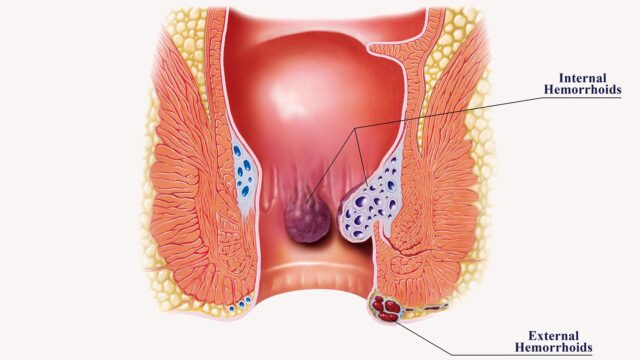Piles are the most commonly used term for hemorrhoids. This is a medical condition where the veins in your rectum and lower anus will swole up.
The swelling will result in the inflammation of nearby tissues of that region. Although the piles symptoms are not so obvious, several people suffer. More than 50% of individuals above the age of 50 in the US experience noticeable piles symptoms.
In this article, you’ll learn what piles are, what the piles symptoms are, what they look like, and more. So, let’s start.
Piles: What Are They Exactly?
Hemorrhoids or piles are enlarged, swollen veins developed within and outside the rectum and anus of a person. The affected individual will go through pain and discomfort along with rectal bleeding.
The interesting fact is that every individual is born with hemorrhoids or piles. It’s just that they become discomforting and annoying when they swell and get enlarged.
You can classify piles into four different grades:
- Grade I: With such levels of piles, you’ll experience small or minor inflammations within your anus lining. These piles won’t be visible to the naked eye.
- Grade II: These piles are larger in size than the grade I piles. They also stay within the anus of the person. You may end up pushing them out while passing a stool. However, it may still get back unaided.
- Grade III: These piles are also referred to as prolapsed hemorrhoids. They mostly occur on the exterior of your anus. You may feel these piles to be hanging around your rectum. However, if you want, you can re-insert them easily.
- Grade IV: You won’t be able to push back these piles as they are too large and are likely to stay outside the anus. In this case, you’ll have to seek medical attention.
Piles Symptoms: All You Need To Know To Stay Alert
In the majority of cases, the piles symptoms aren’t that serious. The piles’ symptoms usually go away on their own within a few days. If you have piles, you may experience these signs or symptoms:
- You may feel a painful and hard lump around your anus, which can consist of coagulated blood.
- If you experience the bowels being full even after passing out stool, you may have piles.
- You may feel soreness, redness, and itchiness around your anus region.
- Once you’re done with the bowel movement, you may notice visible bright red blood.
- You may experience pain while trying to pass a stool.
If your piles become serious, you may experience the following piles symptoms:
- Excessive anal bleeding (may result in anemia)
- Infection
- Anal fistula
- Fecal incontinence (not being able to control bowel movements)
- A strangulated hemorrhoid
Piles: What Do They Look Like?
Not all piles are visible to the naked eye. However, if your piles expand, they may appear like blue or red bumps or lumps. There are four main types of piles (hemorrhoids), and here’s what they look like:
- Internal Piles: You cannot always see these piles as they’re located deep within your anus. They are bumps of your rectum or anal canal’s wall. Bumps inside the anus mean less-severe internal piles, and long bumps indicate serious internal piles.
- Prolapsed Piles: When your internal piles start swelling and get enlarged to an extent where it sticks out of your anus. Prolapsed piles that aren’t such severe stick out of your anus when you strain. However, it also retracts back voluntarily when you relax. However, if your prolapsed piles are severe, they will remain out of the anus.
- External Piles: They occur as a single or more bump within and around your anus. The doctor or even you can take a look at these piles from the exterior.
- Thrombosed Piles: These are internal or external piles where the blood pooled within undergoes clotting. The outcome can be painful in external piles.
When To Visit a Doctor For Piles Symptoms?
Consult a doctor when you experience discomfort and pain over your anus, particularly when you have a bowel movement or sit down. Get immediate medical attention when the piles’ symptoms become severe and worse, especially when disrupting your day-to-day activities.
Here are the piles’ symptoms that indicate you need to visit a doctor:
- Burning sensation around your anus
- Bluish discoloration of the skin around the swollen anus region
- Noticeable swelling or lumps around the anus
- Severe itchiness around the anus.
Conclusion
You should know that the piles’ symptoms won’t seriously threaten your comprehensive health and well-being. You can go for self-treatment if you have grade III piles or less. However, you will need medical attention for piles of grade IV or with more severe complications.
Get the best treatment for your piles’ symptoms, and get in touch with the expert doctors at Apollo Hospitals. Visit the Ask Apollo site to find out the best nearby doctor available for your piles’ treatment today!







